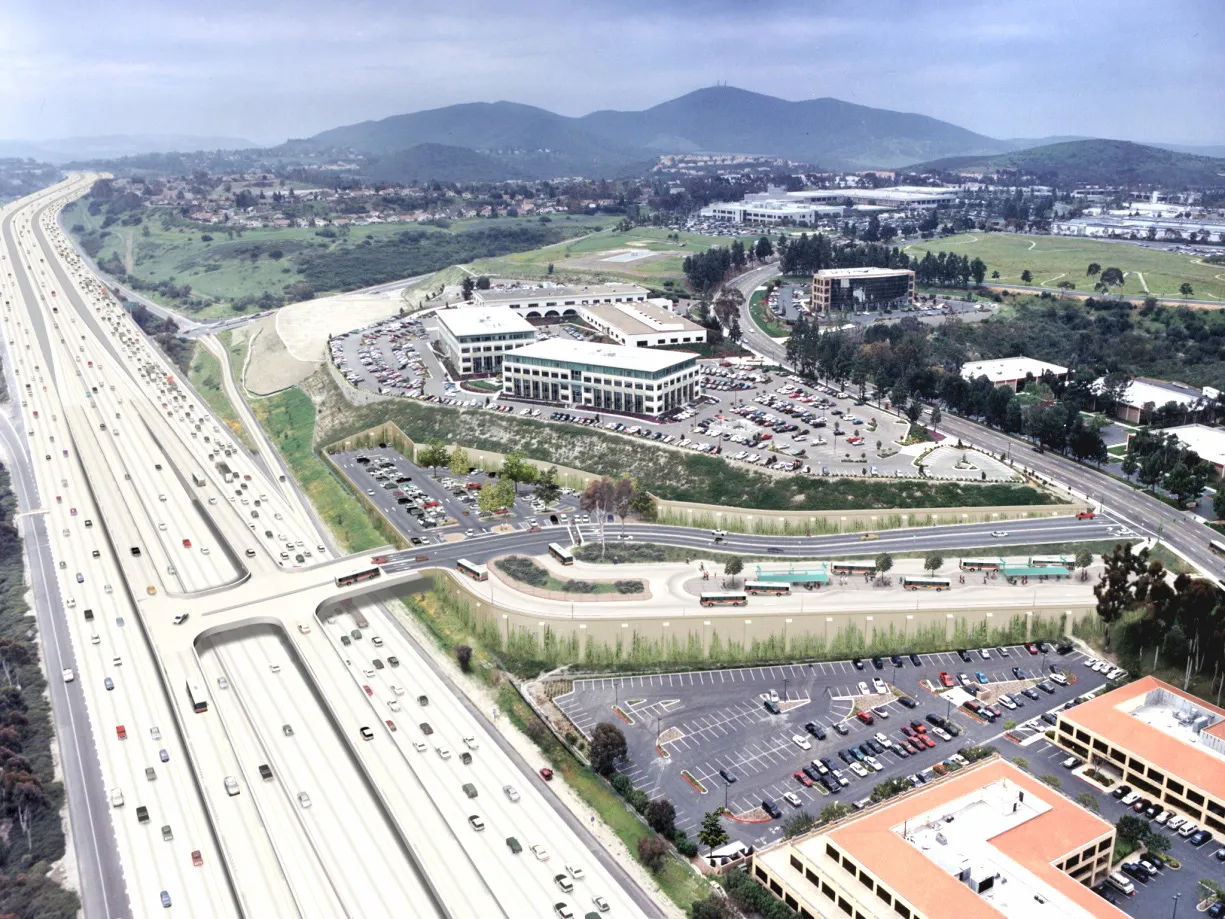Unprecedented population growth in Texas has resulted in increased traffic congestion. The Lowest Stemmons Freeway/I-35E is listed as the eighth most congested roadway segment in Texas and one of TxDOT’s top priorities in the Dallas metro area. The project will provide operational improvement along I-35E with the construction of collector-distributor roads and reconstruction of frontage roads from I-30 to North of Oak Lawn Avenue, six new bridges, two bridge widenings, and 17 retaining walls. Within this section of I-35E, the project will improve connectivity by reducing multiple weaves and relieving congestion. TxDOT estimates the improvements could help increase peak travel time speeds. The project commenced in August 2017 with estimated completion in early 2020.
During the construction phase of the project, Michael Baker will ensure the public’s safety as they travel through this high-profile highway system. The inspection team will oversee implementation of traffic control systems to facilitate safe driving by maintaining clear and properly staged signage and traffic control devices.
Texas highway contract
Michael Baker International has been awarded a US$6.1 million contract by the Texas Department of Transportation (TxDOT). The contract is for Construction Engineering and Inspection (CEI) services for the Lowest Stemmons Freeway project. The Lowest Stemmons project, a 3.7km stretch of Interstate-35E (I-35E), runs from Interstate-30 to north of Oak Lawn Avenue in Dallas. The aim of the project is to reduce congestion, improve mobility and deliver more reliable travel times. The project is also the first for
January 22, 2018
Read time: 2 mins
Michael Baker International has been awarded a US$6.1 million contract by the 3499 Texas Department of Transportation (TxDOT). The contract is for Construction Engineering and Inspection (CEI) services for the Lowest Stemmons Freeway project. The Lowest Stemmons project, a 3.7km stretch of Interstate-35E (I-35E), runs from Interstate-30 to north of Oak Lawn Avenue in Dallas. The aim of the project is to reduce congestion, improve mobility and deliver more reliable travel times. The project is also the first for the TxDOT Dallas District under the Texas Clear Lanes congestion relief initiative.







